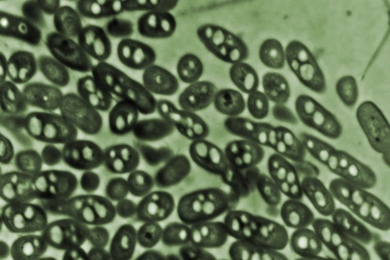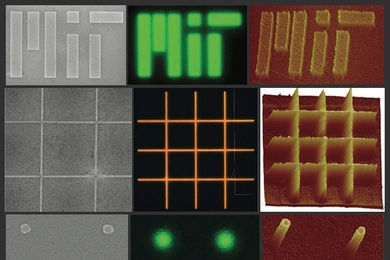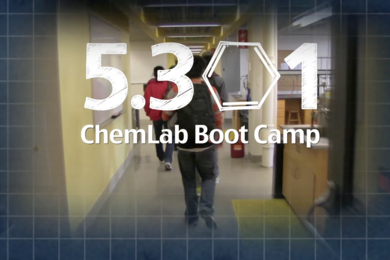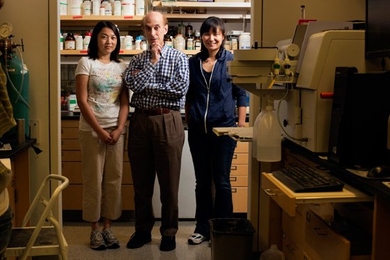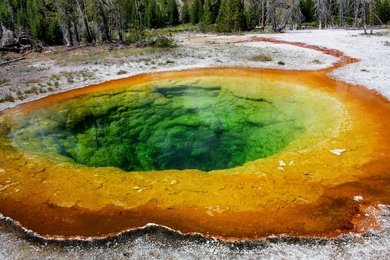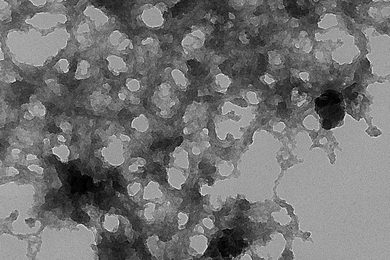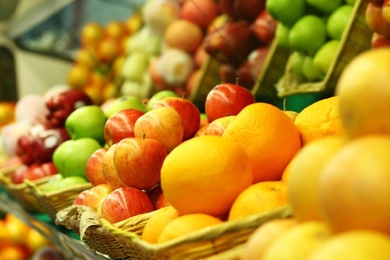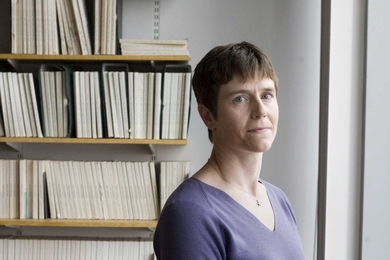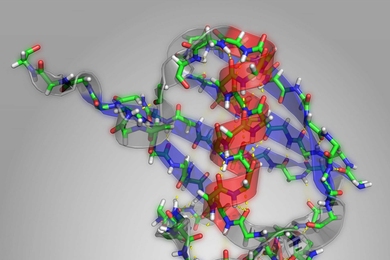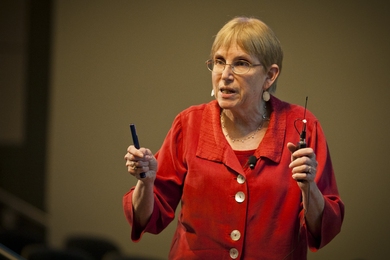Teaching a microbe to make fuel
Genetically modified organism could turn carbon dioxide or waste products into a gasoline-compatible transportation fuel.
Patterning defect-free nanocrystal films with nanometer resolution
New process developed at MIT could enable better LED displays, solar cells and biosensors — and foster basic physics research.
ChemLab Boot Camp: MIT OpenCourseWare launches reality series
A new series of videos to be published this fall follows 14 MIT freshmen through their introduction to hands-on science.
UC Berkeley joins edX
UC Berkeley joins Harvard and MIT not-for-profit online-learning collaborative; edX broadens free course offerings into public health, computer science and solid-state chemistry; opens registration
New drug candidate shows promise against cancer
Platinum compound may offer an alternative to cisplatin, a widely used chemotherapy agent.
Researchers explain how dye-based nanotubes can help harvest light’s energy
Tiny cylinders help reveal how natural-light-harvesting antennae collect light with exceptional efficiency.
New technique allows simulation of noncrystalline materials
Multidisciplinary team develops mathematical approach that could help in simulating materials for solar cells and LEDs.
Comparing apples and oranges
New sensor can accurately measure fruits’ ripeness, helping prevent loss of produce from spoilage.
Two from MIT named Goldwater Scholars
Undergraduates receive top honor in collegiate math, science and engineering education.
Predicting how proteins will partner
Amy Keating models critical interactions that underlie most cellular functions.
Faster way to probe proteins
Infrared spectroscopy allows scientists to analyze protein structure on an ultrafast timescale.
Freeing radicals from their negative connotations
Killian Award recipient JoAnne Stubbe says some free radicals can be good for you.
Professor Alice Ting wins Vilcek Foundation Prize for Creative Promise in Biomedical Science
Honored for her contribution to technologies for protein visualization in living cells.
